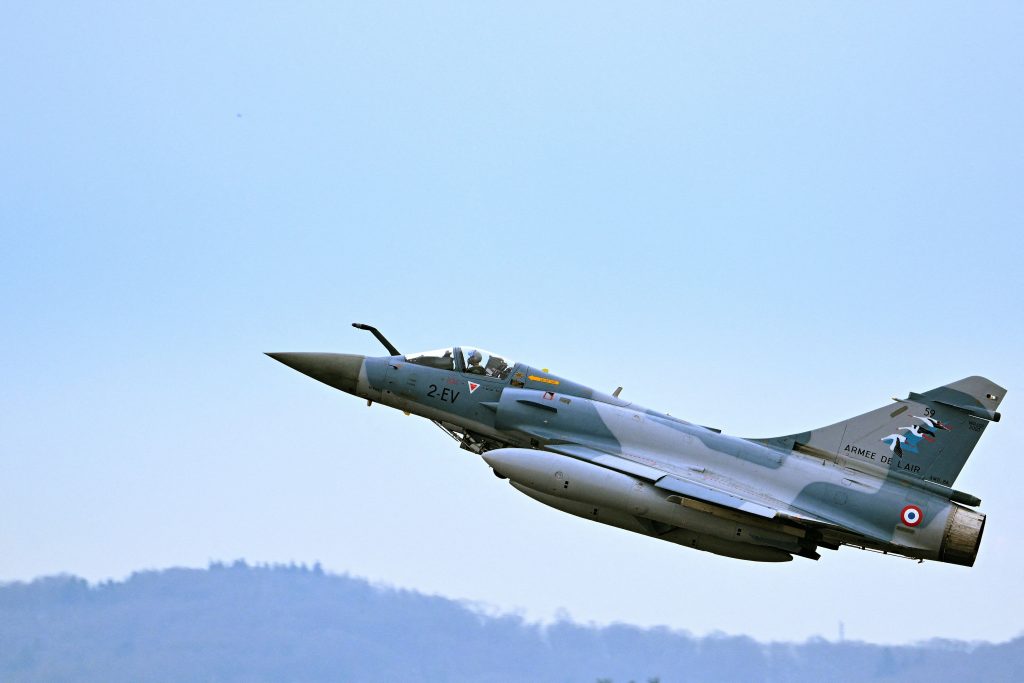
“For a peace agreement to be robust and lasting, Ukraine must have an army capable of deterring any new incursions,” French President Emmanuel Macron said in Paris this week. His words framed a landmark accord between France and Ukraine that could reshape the latter’s military capabilities for decades.
The deal, signed at Villacoublay air base, outlines Ukraine’s intention to acquire up to 100 Rafale F4 fighter jets, advanced SAMP/T air defense systems, and a suite of other key technologies by 2035. It also signals deeper industrial cooperation, with joint drone production and technology development starting this year.
To defense analysts, the agreement is more than an arms purchase—it’s a strategic pivot. It reflects lessons from the war’s early phases, when Ukraine fought from a position of technological disadvantage, and it is designed to ensure that future conflicts begin with parity or superiority. Here are nine key aspects of the pact and its broader implications.

1. Rafale F4 Fighters as the Backbone of Future Air Power
The most advanced multirole fighter in France, the Rafale F4 is optimized for networked combat, with upgraded radar, electro-optical systems, and helmet-mounted displays. It will feature the forthcoming Mica NG air-to-air missile and the 2,200-pound AASM Hammer precision weapon. Ukraine’s planned purchase of 100 new-build jets would be the largest potential export order for the type, with an estimated value of more than €12 billion.
Its multirole functionality—air-to-air combat, missile interceptions, and long-range strikes—meets Ukraine’s urgent requirement to defend its cities from the missile and drone barrages of Russia. The timeline extends to 2035, but training programs and infrastructure development will start well before deliveries.
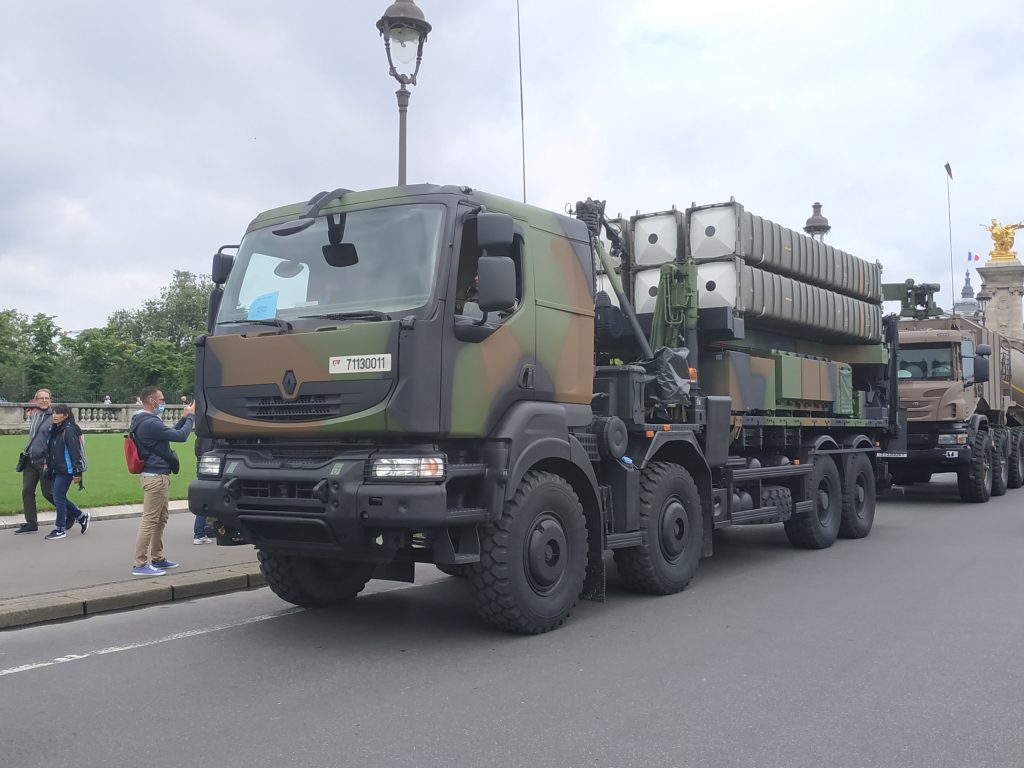
2. SAMP/T NG Air Defense Systems outperforming Patriots
French Air Force Gen. Fabien Mandon testified before the Senate that the SAMP/T systems have proved more effective than U.S.-made Patriots against advanced Russian missiles with maneuvering capabilities. Each of the eight planned batteries for Ukraine will include six launchers, enhancing coverage and interception rates.
This capability is crucial as Russia continues to launch an average of 1,700 drones every week, in addition to missile strikes against energy infrastructure. The first deployments may come as soon as 2026, with direct deliveries of linked radars and interceptors beginning within the next three years.
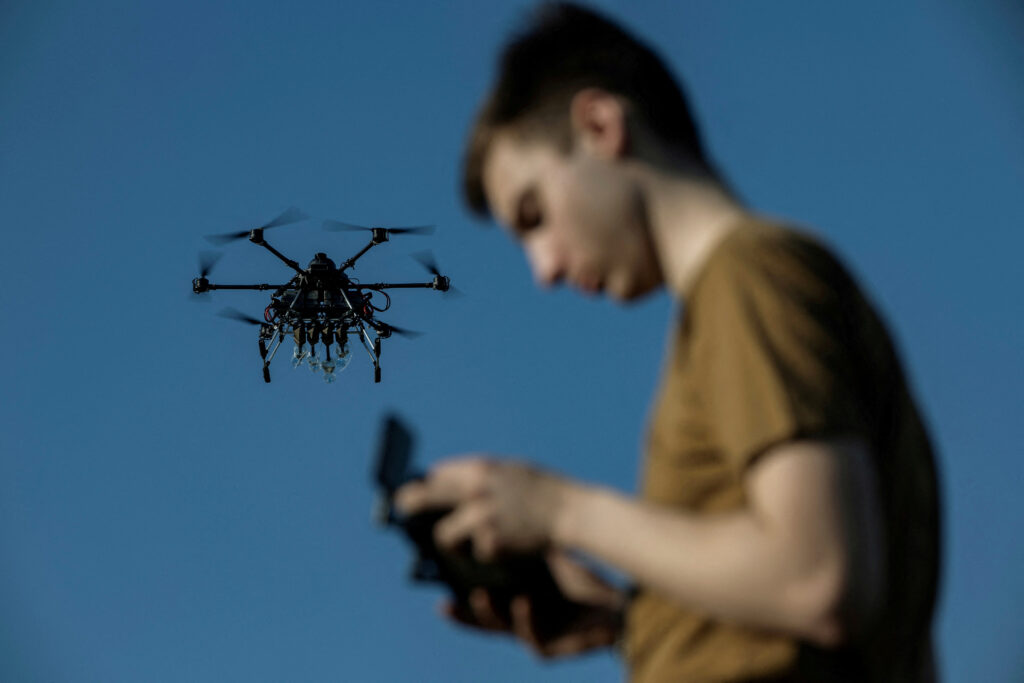
3. Joint Drone Production and Technology Transfer
Beyond aircraft and missile systems, the agreement also provides for the co-production of low-cost interceptor drones and developing critical components to integrate into Ukrainian UAVs, starting in 2025, possibly with technology transfer and potential local assembly of Rafales. This kind of collaboration not only enhances Ukraine’s defense industry but also decreases dependence on foreign supply chains in wartime.
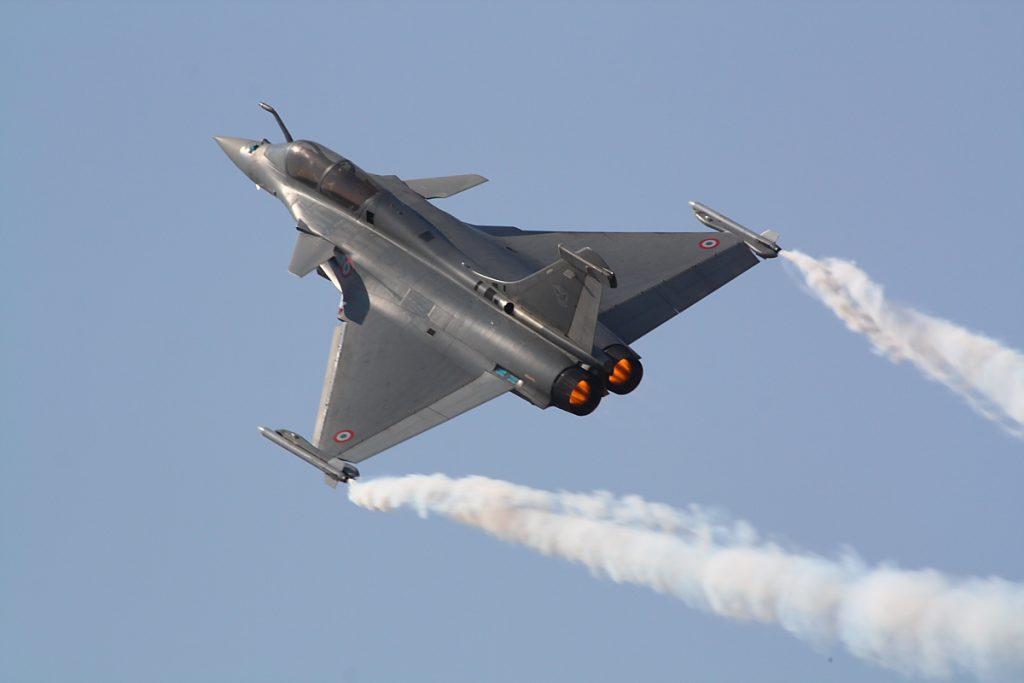
4. Financing via EU Programs and Frozen Russian Assets
The French presidency has floated financing via European Union mechanisms and the use of frozen Russian assets. Yet so far, the EU has not reached a unanimous position on asset utilization, and France is facing political and budgetary instability.
But the scale of the acquisition, which is on par with the UAE’s $16 billion deal for 80 Rafales, means that securing sustainable funding will be as critical as the technical delivery schedule.
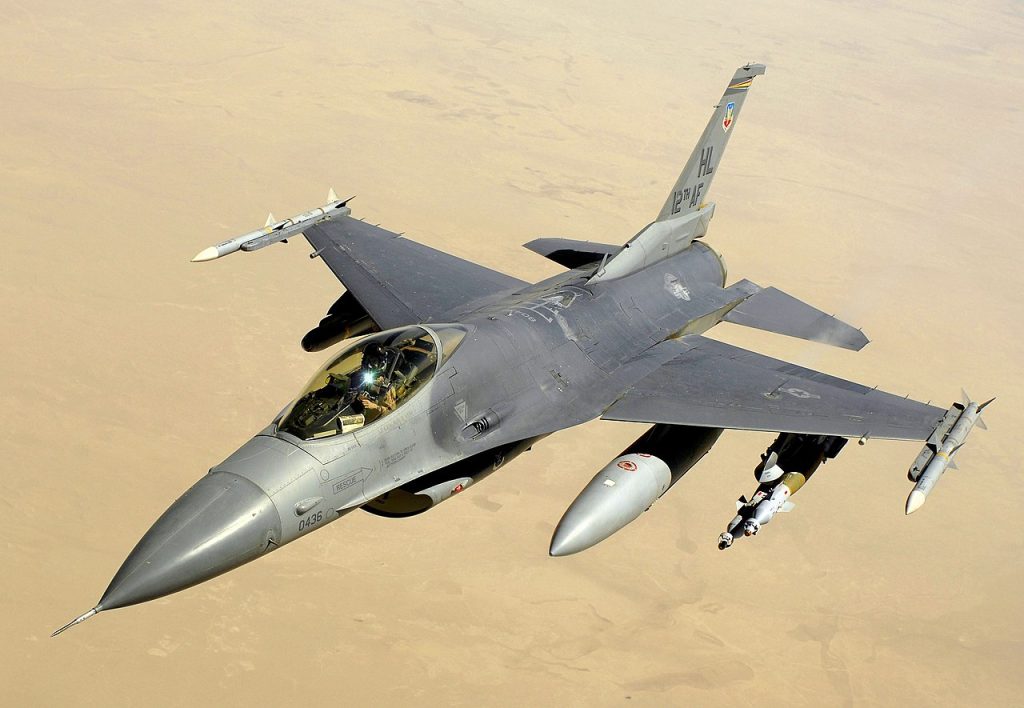
5. Integration with Existing and Incoming Aircraft
The combat fleet of Ukraine today is made up of aging Soviet-era fighters, supplemented with Western-supplied F-16s and Mirage 2000s. Pilots with Mirage experience are likely to adapt more quickly to the Rafale, which could shorten training from years to perhaps months.
The order for Rafale complements last month’s deal with Sweden for up to 150 Gripen Es, which could see deliveries start as early as 2026; together, these fleets would provide Ukraine with more than 200 modern fighters, potentially drastically changing the regional air balance.
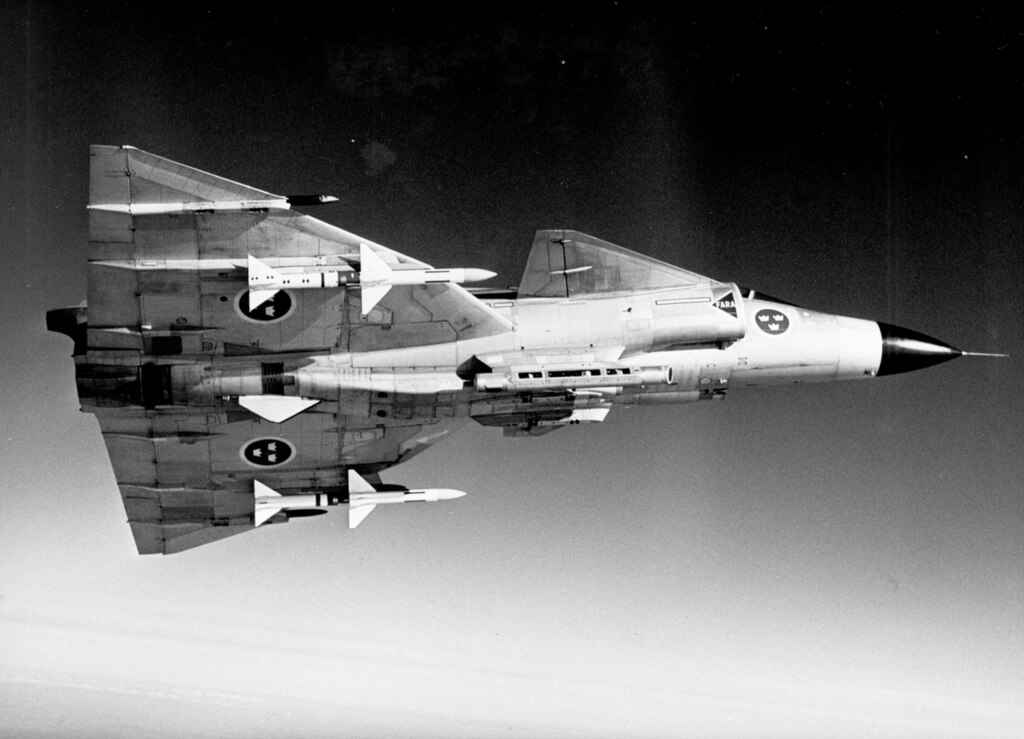
6. Lessons from Early War Capability Gaps
In 2022, Ukraine does not have modern radar, beyond-visual-range weapons, and integrated battlefield management systems. This has been exploited by Russian forces with massed artillery, air superiority, and electronic warfare.
The Rafale acquisition and SAMP/T directly address these gaps, aiming at the goal of ensuring Ukraine will enter future conflicts with NATO-level capabilities on day one rather than relying on delayed deliveries of decisive systems.

7. Industrial Impact on Dassault and French Defense
Sector Following the announcement, Dassault Aviation’s shares surged 7.4% in a reflection of market confidence in the deal’s potential. The order would stretch production capacity, with Dassault already fulfilling domestic and foreign contracts. The French defense industry benefits through sustained high-volume production, technology partnerships, and increased geopolitical influence from the long-term support agreements that it secures.
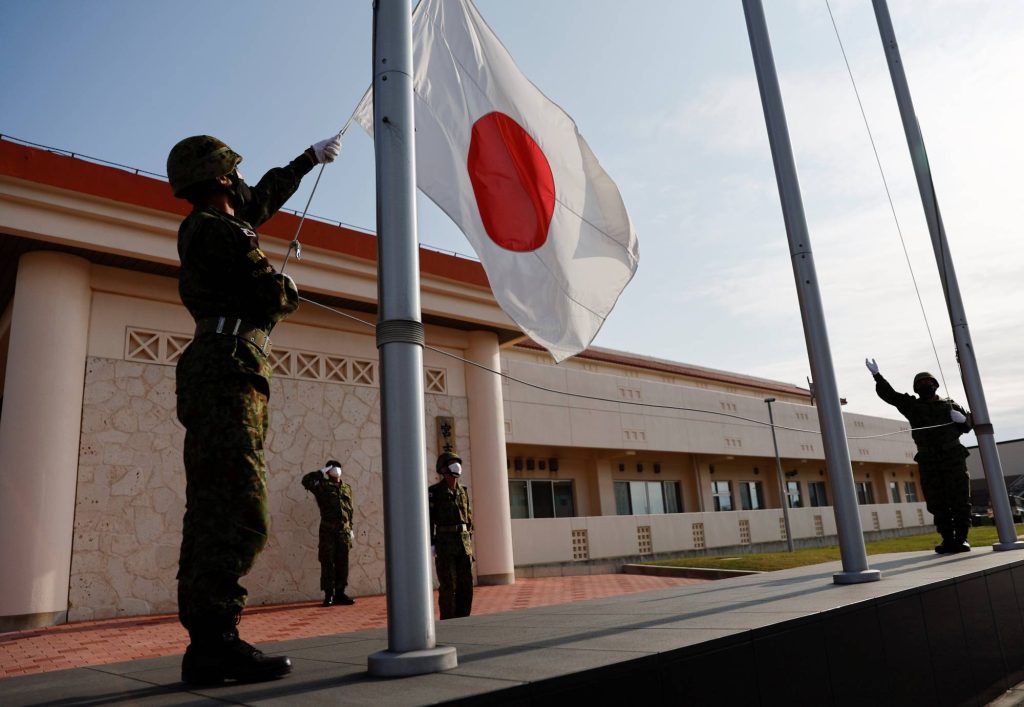
8. Coalition of the Willing for Post-War Security
In Mont Valérien, Macron and Zelensky visited the headquarters of a planned multinational force. Co-led by France and the UK, the “Coalition of the Willing” includes more than 30 countries willing to deploy to Ukraine following a ceasefire. While this is contingent on the agreement of the Russians for a cease-fire, the initiative is to deter renewed aggression and oversee tactical arrangements in a post-war environment.
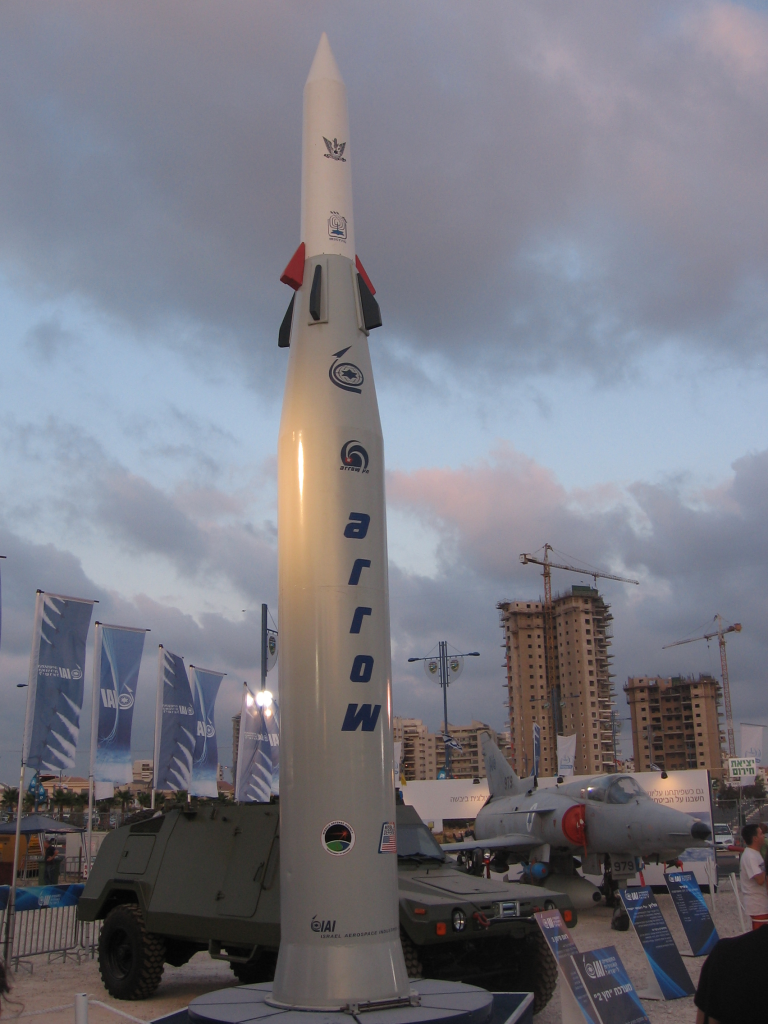
9. More Than a Battlefield: Strategic Significance
The President framed the agreement as part of Europe’s shared security architecture, in which Ukraine was the continent’s first line of defense. The long-term modernization plan spanning fighters, air defenses, drones, and industrial integration was as much a commitment to deterrence as one toward immediate combat needs. To the policy watchers, the pact is an example of how bilateral defense deals can serve both operational and geopolitical objectives, binding nations through shared technology and security interests.
The agreement between Ukraine and France is more than a procurement plan; it’s a strategic framework that will shape the transformation of Ukraine’s military posture. With advanced air power, superior missile defenses, and industrial cooperation, it aims at vulnerabilities exposed during the war’s early stages. Its success will depend on financing, timely delivery, and sustained political will, but if achieved, it has the potential to redefine Ukraine’s role in Europe’s defense landscape for decades to come.


